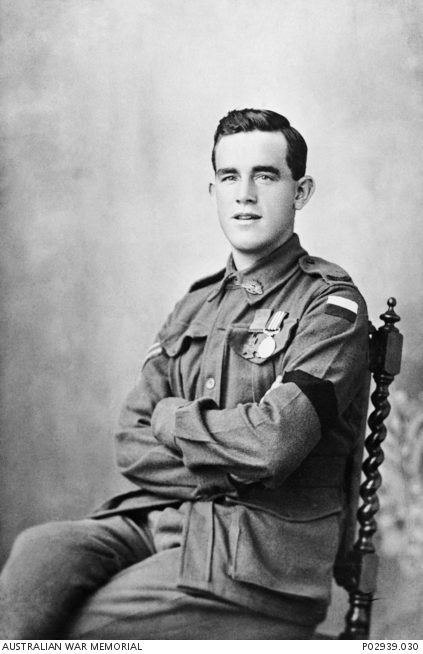Lieutenant Colonel Charles Groves Wright Anderson, VC, MC (1897–1988, 91yo)

Charles Groves Wright Anderson was a man of quiet resolve rather than cinematic flair. Middle-aged and seasoned by earlier service in the Great War, he hardly matched the image of a typical war hero. Born in South Africa, Anderson earned the Military Cross for his actions during the Great War. He migrated to Australia in 1934, where he joined the militia and rose through the ranks. In 1940, with the formation of the 2/19th Battalion, Anderson became its second-in-command, and by August 1941, he had taken command.
With the Japanese advancing through Malaya in early 1942, Anderson and the 2/19th were sent to the Bakri region in a bid to delay the enemy. The operation quickly turned grim. After sustaining heavy losses, Anderson assumed leadership of the brigade and directed a fighting withdrawal to the village of Parit Sulong. Encircled, short on supplies, and without air support, Anderson led multiple assaults against enemy roadblocks in a desperate effort to break through. The four-day battle stands as one of the most harrowing episodes in Australian military history.
Eventually recognising the impossibility of rescue or reinforcement, Anderson ordered the destruction of all equipment and instructed the surviving troops to attempt escape in small groups. He was devastated to learn later that the wounded left behind were executed by Japanese forces. For his bravery and leadership, Anderson was awarded the Victoria Cross.
Captured following the fall of Singapore on 15 February 1942, Anderson spent the remainder of the war as a prisoner. He led "Anderson Force" on the infamous Burma–Thailand Railway, where he was credited with maintaining morale despite extreme hardship. His men would later speak of him with enduring respect and loyalty.
After the war, Anderson returned to life on the land. In 1949, he entered federal politics, serving three terms as the Country Party member for Hume in New South Wales.
Anderson remains the most senior Australian soldier to have received the Victoria Cross.
Thomas Leslie "Jack" Axford VC, MM (1894–1983, 89yo)

Thomas Leslie Axford was born on 18 June 1894 in Carrington, South Australia. At the age of two, his family relocated to Coolgardie in Western Australia, where he would later find employment at the Boulder Brewery after completing his schooling.
Axford began his military journey in 1912 by joining the Citizen Military Forces, serving in the 84th Infantry Regiment. In July 1915, he transferred to the Australian Imperial Force (AIF) and was posted to the 11th Reinforcements for the 16th Battalion. He departed for overseas service aboard HMAT Benalla in November that year.
During his time on the Western Front, Axford sustained wounds twice—first in August 1916, and again a year later in August 1917. The second injury was severe enough to sideline him until January 1918. A month later, he was promoted to Lance Corporal, and in May 1918, he was awarded the Military Medal in recognition of his gallant conduct.
His most distinguished act of bravery occurred on 4 July 1918 at Vaire and Hamel Woods in France, earning him the Victoria Cross. The citation reads:
On 4 July 1918 during the attack at Vaire and Hamel Woods, France, when the advance of the adjoining platoon was being delayed in uncut wire and machine-gun fire, and his Company Commander had become a casualty, Lance Corporal Axford charged and threw bombs amongst the enemy gun crews. He then jumped into the trench, and charging with his bayonet, killed 10 of the enemy and took six prisoners. He threw the machine-guns over the parapet and the delayed platoon was able to advance. He then rejoined his own platoon and fought with it during the remainder of the operations.
Later that month, Axford was promoted to Corporal. He returned to Western Australia in October 1918 and received his discharge on 2 February 1919.
In the post-war years, Axford took up work as a miner in Kalgoorlie. When the Second World War broke out, he re-enlisted in June 1941 and served with the Western Australian Echelon and Records Office. He attained the rank of Sergeant before his discharge in April 1947.
He spent his later years in Perth, residing in Mount Hawthorn, and passed away on 11 October 1983. He was cremated at Karrakatta Crematorium. His Victoria Cross is proudly displayed at the Australian War Memorial in Canberra. In tribute to his legacy, Axford Park in Mount Hawthorn and the Thomas Axford ward at the former Repatriation General Hospital in Hollywood bear his name.
Last Reviewed 05/2025









